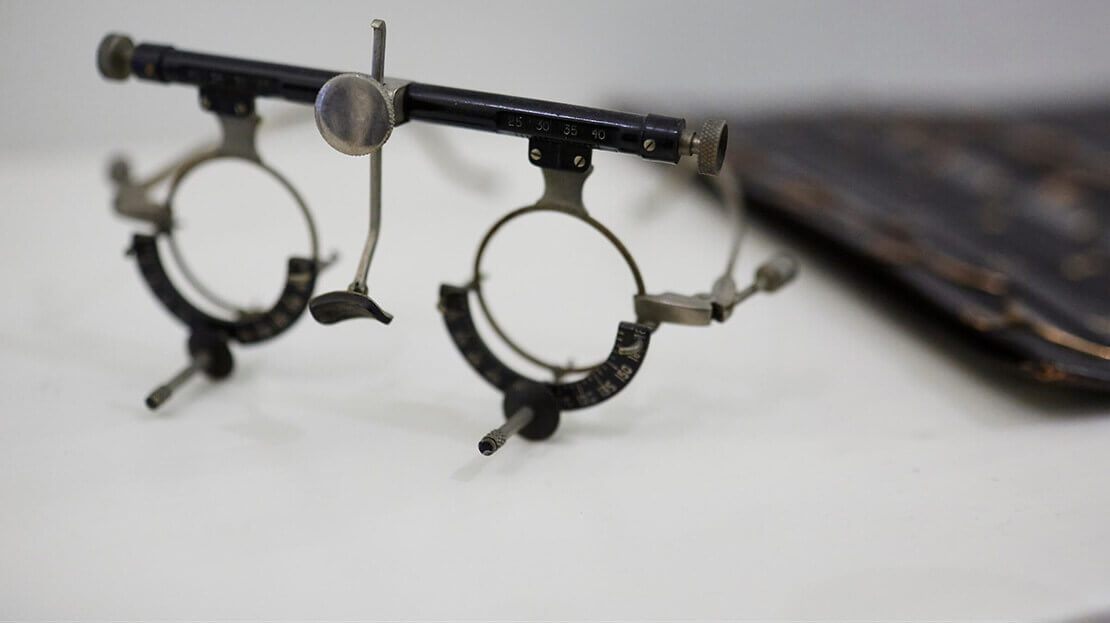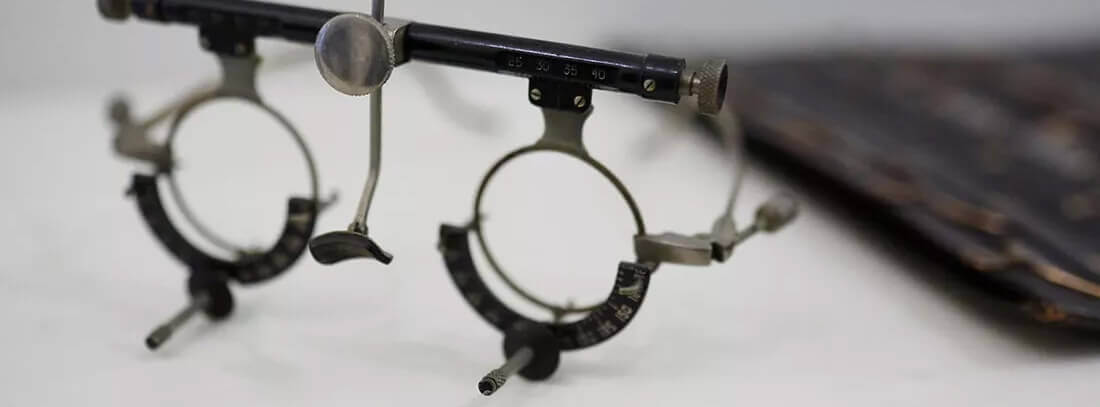Many of us never give our vision a second thought. This is particularly true for those who have managed to escape the inconvenience of refractive errors such as short-sightedness, long-sightedness, and astigmatism. However, age-related conditions like presbyopia and cataracts can potentially affect all of us. Understanding the eye and how it works can also help us to understand how these conditions affect them.
Your eye is like a camera
Our eyes are among the most complex organs in our bodies – second only to the brain. Each eye is made up of millions of components that all work together to help us see the world around us. Perhaps the most important of these components are:
- The pupil – A variable opening that appears like a black circle in the centre of the eyeball;
- The lens system – consists of the cornea (which is responsible for most of the eye’s focusing power), and a spherical lens that sits behind the iris (the coloured ring that surrounds the pupil).
- The retina – a layer of photosensitive cells located at the back of the eye – acts like the reusable film in a camera.
- Muscles – various sets of muscles control the contraction and dilation of the pupil, the shape of the lens system (controlling the ‘zoom’ function of the eye), and the general movements of the eyeballs.
How the eye works
Light is constantly bouncing off the objects and space all around us. This light then enters the eyes through the cornea and lens which are located in a sac between the pupil and the vitreous (the vitreous). The cornea and lens work together to effectively refract this light and focus it onto the retina at the back of the eye.
The retina is made up of photosensitive cells called rods and cones that translate light photons into electrical signals. These signals are transported through the optic nerve to the brain where they can be processed into images of the world around us.
In order for this process to work effectively, four things must happen:
- The ‘image’ must be reduced to fit onto the retina;
- The lens and cornea must focus the scattered light onto the retina;
- The image must line up with the curvature of the retina;
- The brain must be able to interpret the image.
The various sets of muscles in our eyes play a vital role in this process. Muscles attached to the lens contract and relax, changing the shape of the lens system. As a result, light that is reflected from an object is focused on the retina. These muscles are controlled by the nervous system and allow us to focus on objects around us, even when moving our eyes.
Cataracts occur when proteins in the lenses begin to break down.
As we get older, our eyes and vision begin to deteriorate. This is a natural part of the ageing process that can cause a loss of focusing power (presbyopia) and the formation of cataracts – the clouding of the lenses.
The eye’s crystalline lenses contain proteins that begin to naturally break down as we age. Over time, these proteins clump together, forming a cloudy obstruction in the lens. It can take years for this obstruction to become noticeable; however, it can eventually cause significant disruption to your vision.
As cataracts become more developed, they prevent light from passing through the cornea and into the eye. Treatment will eventually be required to remove the cataract-affected lens and replace it with an artificial one to restore vision.

